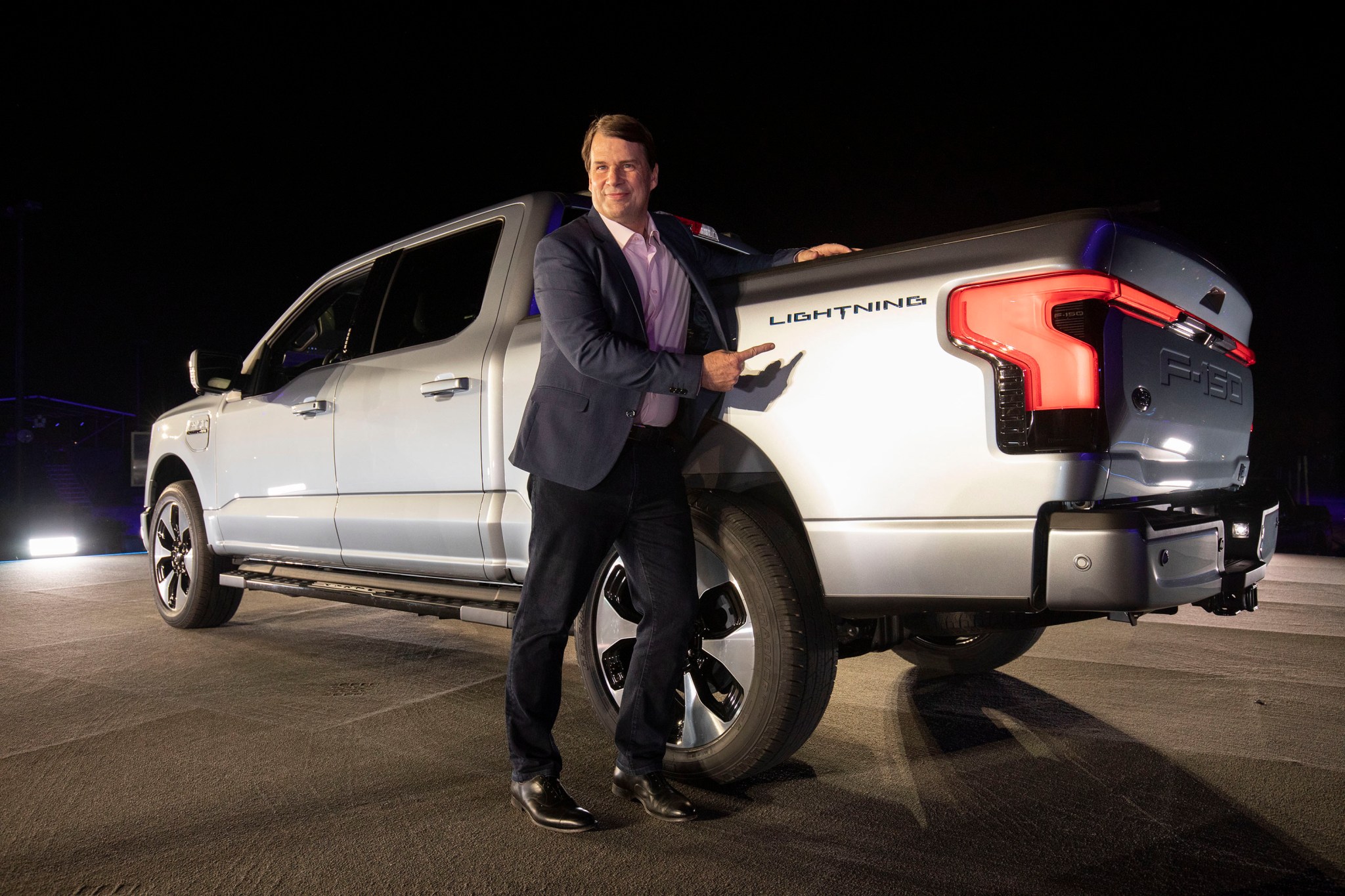
The federal electric vehicle (EV) tax credit expires at midnight, ending a 17-year policy pillar that helped close the price gap with gasoline vehicles and turbocharged adoption; the immediate fallout is likely softer demand, leaner EV production, and a strategic pivot by legacy automakers toward hybrids and profitable ICE nameplates, while stopgap leasing workarounds cushion some of the blow.
The end of the subsidy is a structural shock already rippling upstream: battery makers face a growing US surplus and shelved factory plans, undermining stated re-shoring ambitions and setting up a whipsaw risk of future shortages if capacity is cut too deeply.
Ford CEO Jim Farley, speaking at the Ford Pro Accelerate summit in Detroit on Tuesday, said he sees a huge impact from the policy change. While he still sees EVs being a “vibrant industry” going forward, it’s also “going to be smaller, way smaller than we thought.” He called the end of the $7,500 consumer incentive a “game-changer” and said he wouldn’t be surprised if EV sales in the U.S. go down to 5% of the industry from the current level of roughly 10%-12%. The most recent forecast from J.D. Power and GlobalData estimated that EVs would account for 12.2% of new vehicle sales in September 2025.
Farley reminded the audience that he always says “the customers are pesky. They surprise you.” And what he’s learned is that “customers are not interested in a $75,000 electric vehicle. They find them interesting. They’re fast. They’re efficient. You don’t go to the gas station. But they’re expensive.”
The good news for car makers, Farley added, is that “partial electrification is more interesting to customers than we thought … we think hybrid, EV plug-in, E-revs, those kind of partial electric solutions, America is going to fall in love with, or already is falling in love with.” And they’re falling out of love with pure-play EVs, he implied.
What just happened
- The federal incentives—up to $7,500 for new EVs and $4,000 for used—terminate after September 30 under legislation advanced by the White House and GOP lawmakers, removing the point-of-sale discount that had directly lowered transaction prices since 2024.
- A last‑minute surge pulled forward demand into August–September, with analysts now expecting an air pocket in Q4 as prices effectively rise by the amount of the foregone credit and consumers pause to reassess value and financing.
- Some OEMs and dealers are attempting to extend value via leasing constructs that capture remaining credit mechanics through the end of 2025, but these are interim measures, not a reinstatement of the federal program for retail purchases.
Automaker outlook
- Detroit’s near-term playbook emphasizes margin defense: slow EV production ramps, prioritize trims with clearer profitability, and rebalance mix toward hybrids where consumer price sensitivity is lower and compliance pressure eases without federal EV push.
- Ford and GM are deploying captive-finance leasing to pass through credit-equivalent savings temporarily, seeking to sustain showroom traffic while avoiding post-credit inventory overhangs; this supports volume stabilization but compresses finance margins and cannot fully replace a nationwide subsidy.
- Tesla, Rivian, and other EV‑pure plays face the most direct demand elasticity, lacking ICE or hybrid hedges; investor focus turns to price flexibility, cost downs, and export optionality as domestic “natural demand” is tested absent incentives.
Prices and demand
- With the subsidy gone, effective EV prices rise relative to ICE, especially in segments where battery costs still carry a multi‑thousand-dollar premium; manufacturers may respond with selective rebates, but these will vary model by model and likely won’t offset the full credit loss.
- Analysts expect U.S. EV market share to stall below 10% in the near term as the post‑deadline lull plays out, even as 2025 still marks a record sales year due to the rush; the key question is how quickly elastic demand returns as OEMs recalibrate pricing and trims.
- Hybrids are positioned to gain share as a familiar bridge technology with lower upfront costs and fewer charging anxieties, aligning with OEMs’ margin priorities and the lighter compliance regime.
Supply chain and batteries
- Fortune reports a U.S. battery surplus emerging as EV demand slows, with BloombergNEF estimating domestic battery deployment through 2030 falling sharply versus pre‑policy expectations; cancellations and delayed factory plans raise the risk of a future capacity snapback and price volatility if demand rebounds.
- Experts warn of a bullwhip effect: today’s surplus can morph into tomorrow’s shortage after capacity cuts, complicating cost curves and undermining learning‑rate benefits critical to long‑term competitiveness against China’s scaled ecosystem.
- The policy mix—ending EV credits while relaxing other regulatory pressures—reduces the incentive for legacy OEMs to push EV volume, further chilling near‑term supplier investment even as global rivals continue cost-down cycles.
What to watch next
- Pricing and incentives: OEM rebate discipline versus share defense, and how leasing pass‑throughs evolve after year‑end.
- Model mix: faster hybrid launches and delayed EV trims, especially in mass‑market crossovers and trucks where affordability binds.
- Supply chain: any reversal of canceled battery projects or pivots into stationary storage to absorb capacity and stabilize utilization.
- Policy: state‑level incentives and potential future federal adjustments as Q4 data clarifies true “natural demand” without subsidies.
For this story, Fortune used generative AI to help with an initial draft. An editor verified the accuracy of the information before publishing.















